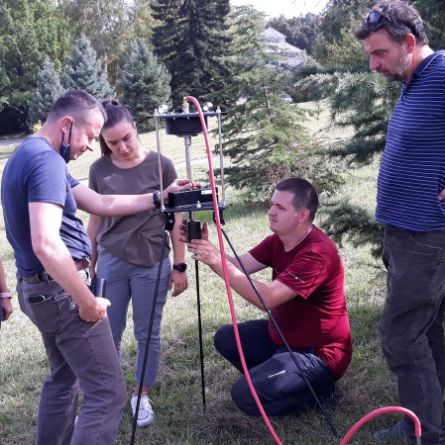Project Description
Geogenic research of radon potential for evaluation of radon index in construction of new buildings
As early as 1979, the World Health Organization WHO paid attention to the health effects of radon exposure and further classified radon as a human carcinogen in 1988. The main source of radon in buildings is the ground beneath the construction. The geogenic radon potential indicates the probability that the radon source in the building is geologically related. The risk of radon in buildings is often defined as the probability that the volumetric radon activity in buildings exceeds the reference value of 300 Bq/m3, and the geogenic source of risk (potential risk) of the area or zone is described by its radon potential. The WHO recommendations for the prevention of public health are the basis for the introduction of regulatory control of radon exposure in recent years. In this connection, Bulgaria has transposed its legislation with the European Directives. The requirements of the new regulations and the lack of basic research in the field of geogenic radon potential on the territory of Bulgaria, fully justify the relevance of the project. The proposed basic scientific research is not an end in itself, but will have a significant effect on the quality of the air in buildings and the improvement of living and working conditions. The proposed project will give a new perspective on the characterization of new construction sites, the reconstruction of old buildings and the management of their ventilation.
Supported by National science Fund, Ministry of Education and Science
Period: 2019 - 2022
